
Piranhas are famous for their aggressive behavior in the wild.
That’s why many hobbyists are interested in keeping them as pets.
They’re not the easiest pet to own, and they do need specific care depending on their unique needs.
Piranhas can live for 5–15 years, so keeping them is a commitment, and you should be well aware of the responsibility and costs.
This article will cover all the costs you may face so that you won’t be shocked by the numbers along the way and can make an informed decision about keeping piranhas.
How Much Do Piranhas Cost?

A piranha’s price can vary widely from $5 to $650 or more depending on their species, size, and seller.
On average, however, a piranha costs between $10 and $70.
You can usually buy a group of 10 piranhas for around $100–$200.
If you want to build an aquarium from scratch, you’ll have to account for the tank’s initial cost, decorations, plants, and other equipment.
Plus, there will be ongoing food costs, which depend on the number of fish you have and what you’ll feed them.
Shipping costs, permits, and some other things may increase your bill, too.
1. Red-Bellied Piranha
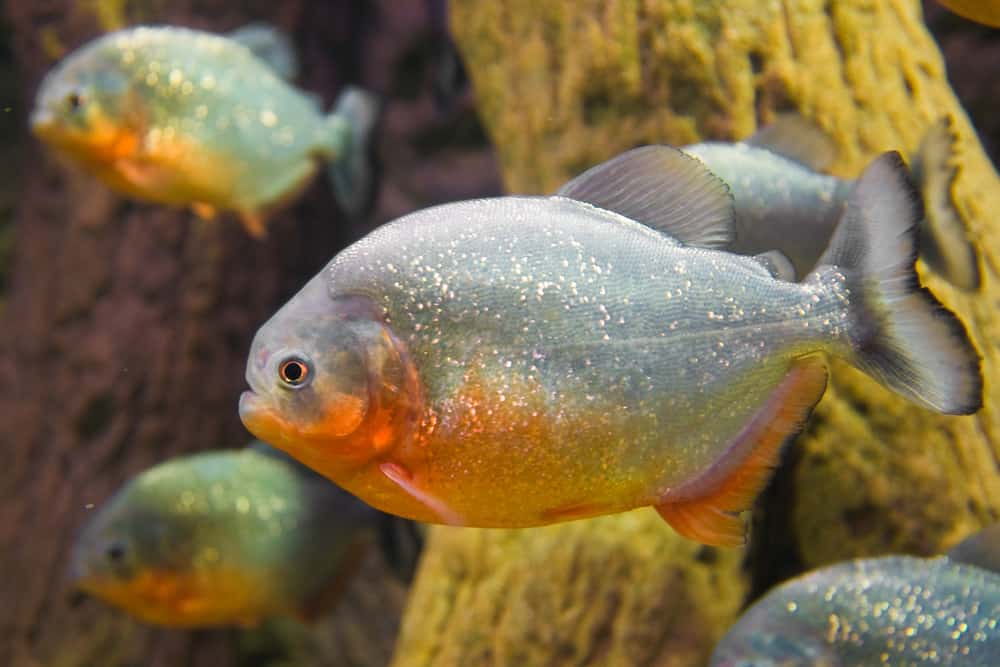
The Red-Bellied Piranha has a voracious appetite and loves fresh meat.
They hunt in large groups, and they have sharp teeth.
Sometimes, they make sounds similar to dog barks!
Depending on the piranha’s breed, their price may range from as low as $5 to as much as $70.
A juvenile piranha that’s about three-quarters of an inch can cost between $10 to $30.
As they grow, the price goes up.
For example, a five- or six-inch piranha is around $90.
Red-bellied piranhas are schooling fish, and they prefer to live in groups.
A school of 10 small piranhas will cost about $80–$120.
2. Black Piranha
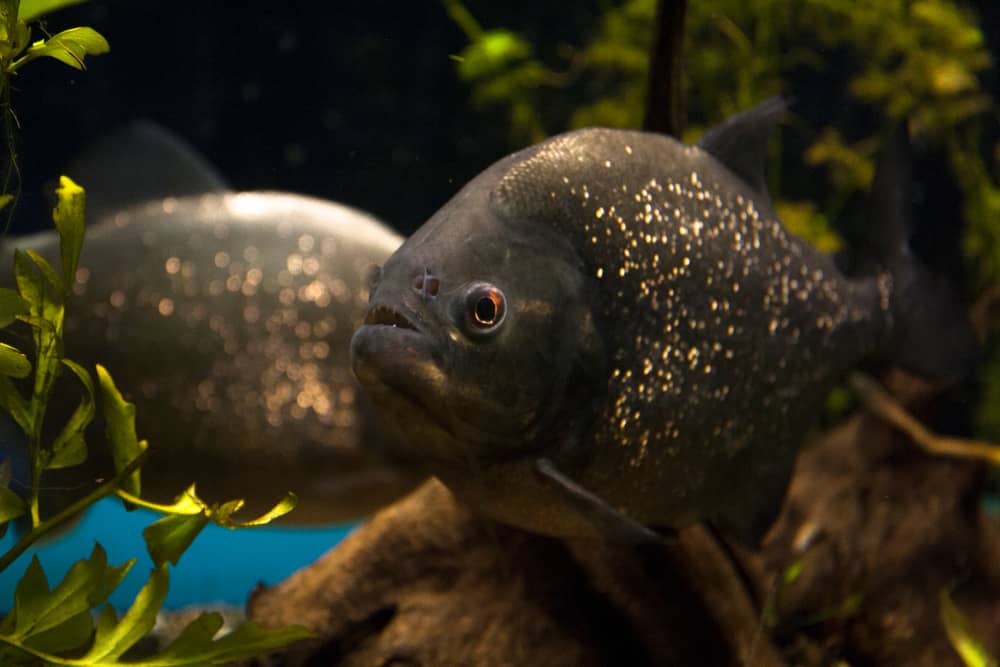
The Black Piranha, also known as the Red-Eye piranha, is another variety you’ll commonly find in aquariums.
Unlike the Red-Bellied Piranha, the Black Piranha is a solitary fish, so preferably, you should buy just one.
Baby black piranhas that have grown one or two inches cost around $30. Bigger ones will cost more, with a 10-inch black piranha going for around $650.
3. Hollandi Piranha

The Hollandi piranha is another solo piranha commonly kept as a pet.
They’re quite aggressive, and they mostly eat live or frozen food.
A 2.5-inch Hollandi piranha is sold for $30.
4. Wimple Piranha
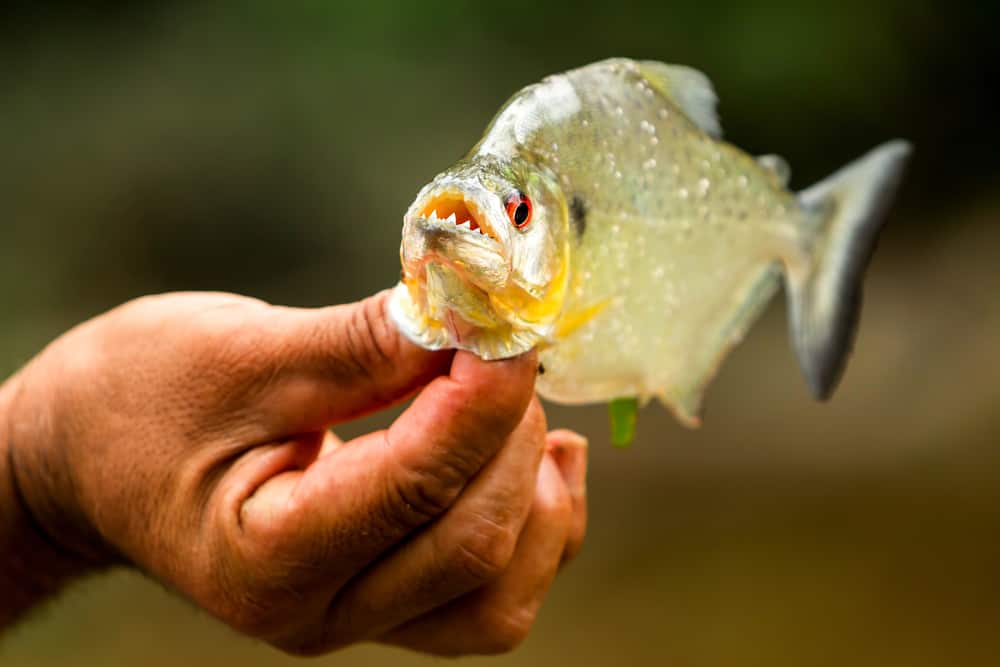
Wimple piranhas are beautiful fish that don’t grow very large, making them perfect for smaller aquariums.
They grow up to four inches, and they live in schools.
You can buy a Wimple piranha that’s around two inches for $20–$30.
5. Marginatus Piranha
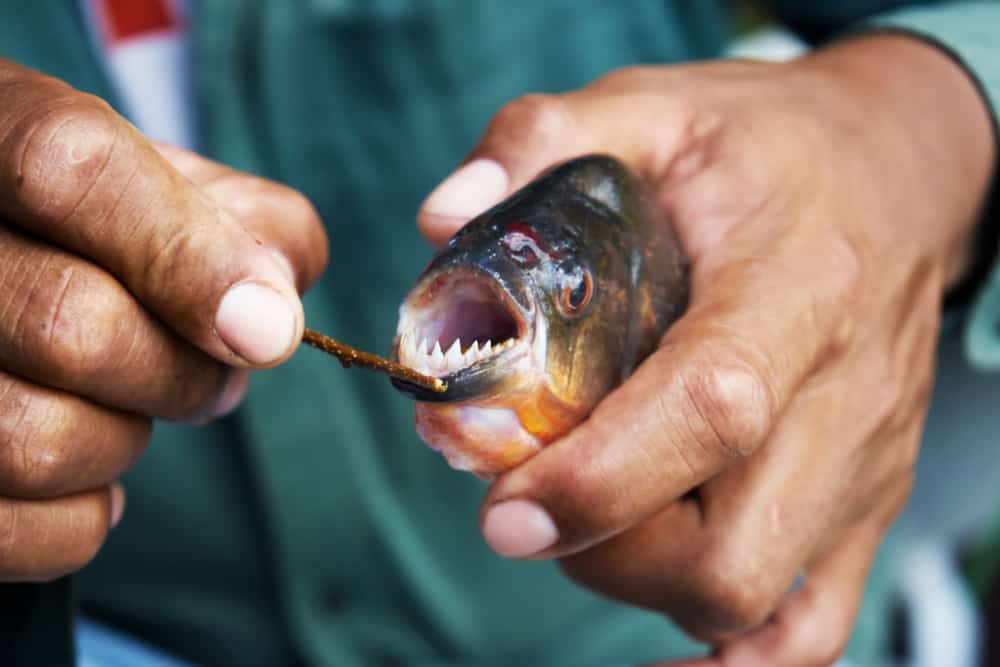
The Marginatus piranha is one of the most expensive species on this list.
You should pay $100 for a two- or three-inch Marginatus piranha.
They’re omnivorous fish who like to eat plants, and they love to stay in the dark.
6. Ternetzi Piranha
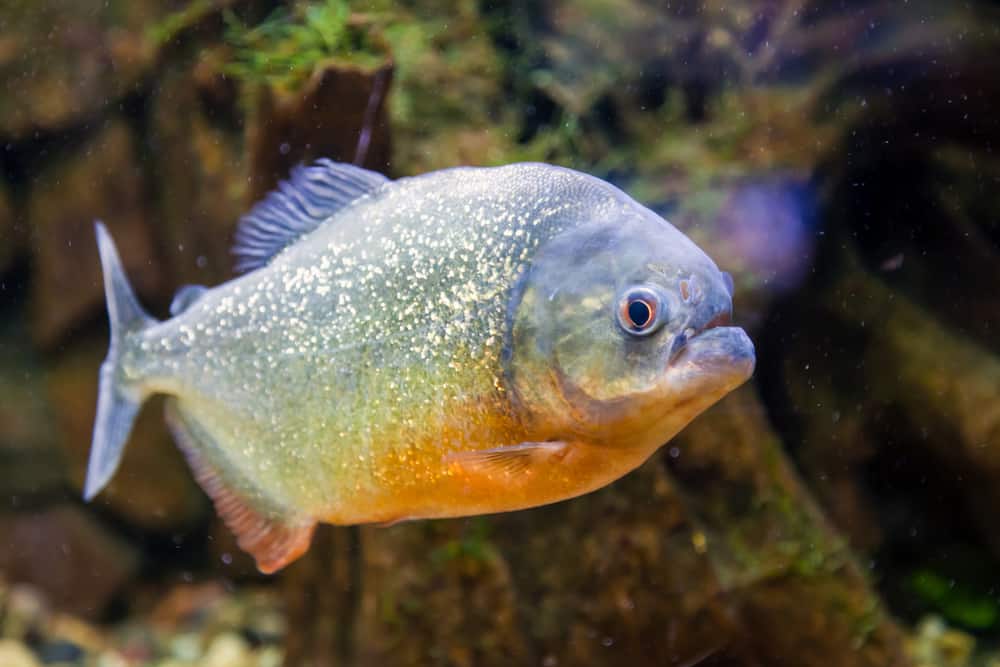
The Ternetzi Piranha is a rare, beautiful, and tough species.
The babies are very hard to catch, so you probably can’t buy a small one.
A four-inch Ternetzi costs around $60.
They’re active schooling fish, and they grow up to seven inches.
Factors that Affect the Cost of a Piranha

Here are the most important factors that determine a piranha’s price tag:
1. Size
Piranhas tend to cost more when they’re fully grown.
Some of them grow up to 20 inches, but it’s rare to find such big fish for sale.
They grow rapidly when they’re still young, but their growth slows down after about seven months.
Although it may be nice to get a big and beautiful fish ready for display, raising a fry and watching it grow can be a wonderful experience.
This way, you’ll get a chance to bond with your fish and enjoy having it for a very long time.
Plus, you’ll pay much less!
2. Species
There are around 50 species of piranhas in the wild.
Some of the varieties, like the Red-Bellied piranhas, are very common and, therefore, cheap.
However, some rare, hard-to-catch species can be expensive.
A three- or four-inch Piraya piranha and the Ruby Red Spilo, a highly aggressive fish, are sold at around $150–200.
The Black, Blue, and Gold Diamond piranhas cost the same.
The Geri Piranha, which is very rare, costs almost $250.
The rare San Francisco Piranha can cost up to $1500 if it’s fully grown.
3. Store
General pet stores mostly sell their fish at a lower cost, whereas exclusive breeders can charge more.
Plus, if the store is remote, you can expect the prices to be higher.
The Cost of a Set-Up for Piranhas

To make your piranhas feel at home and keep them from getting stressed or sick, you’ll have to provide them with proper living conditions.
1. Tank
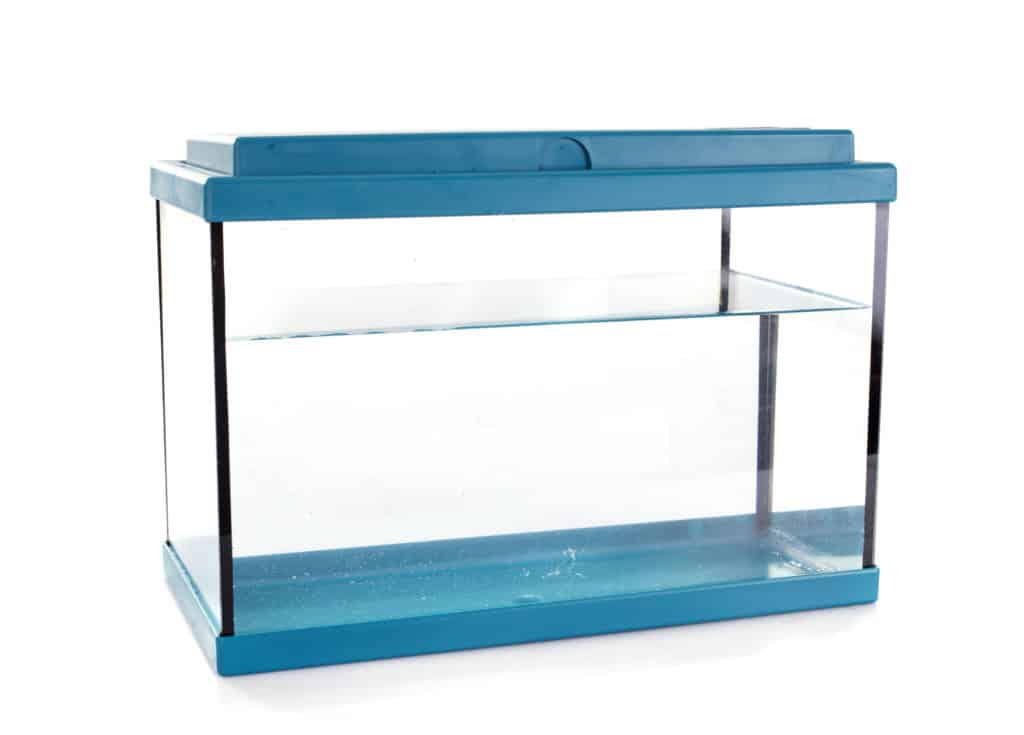
Most piranhas get too big too fast, and you’ll have to provide them with enough space to prevent stress and territorial conflicts.
Some fish keepers decide to get bigger tanks when they see the fish outgrow their current tank.
However, that’s just an unnecessary expense you can avoid by getting a large enough tank from the start.
If you want to keep a school of piranhas, you should have at least 60 gallons of water for the first two and add 20 gallons for each additional fish.
Of course, this space is for adult piranhas.
You’ll be able to house a group of three to six juveniles in a 60-gallon tank for a while.
A 60-gallon tank can cost $300 and more, depending on the quality and features.
2. Substrate
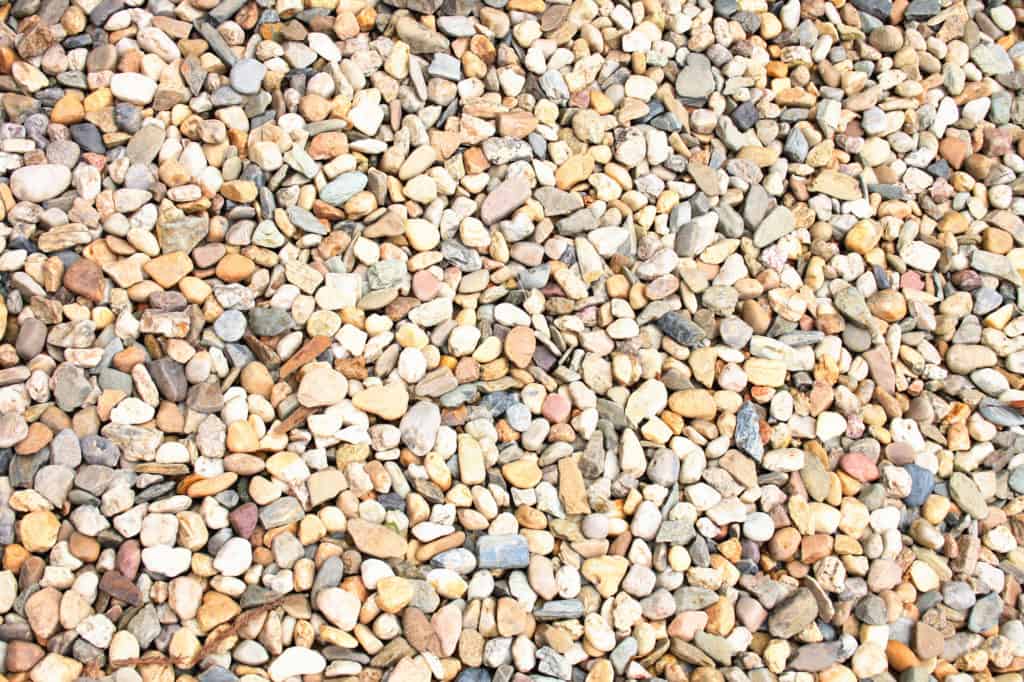
The best substrate for piranhas is gravel.
It’s recommended to get one pound of gravel for every gallon of water.
You can get five pounds of premium gravel for $10 or so.
3. Decorations

You’ll have to try your best to mimic the piranha’s natural habitat with lots of rocks, plants, and driftwood for the best results.
Piranhas like to stay out of light, and they’ll need plenty of spaces to hide.
Depending on your tank’s size and the number of piranhas, decorations will set you back around $50–$100.
4. Filtration System
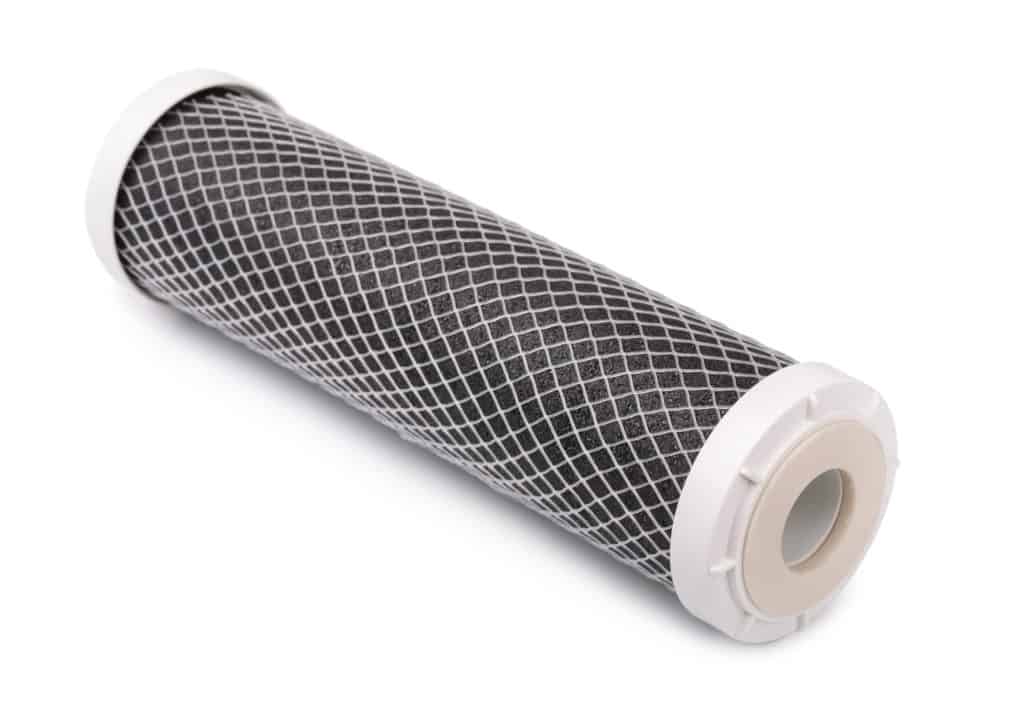
Keeping the water clean is essential, and you can’t go without a filter for a tank as big as 60 gallons.
A suitable filter for such a tank will cost about $50 or more.
It’s best if the filter produces slight streams of water and simulates slow-moving rivers.
5. Heater
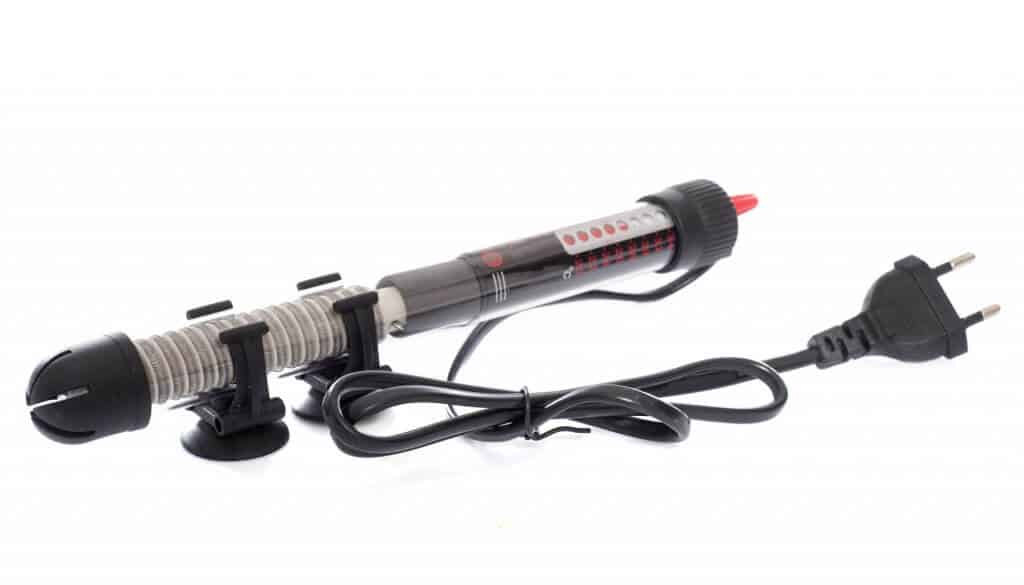
Since piranhas come from South America, you can guess they prefer warmer temperatures.
You should keep the temperature between 75 and 80°F, with a heater you can buy for around $30.
6. Lighting System
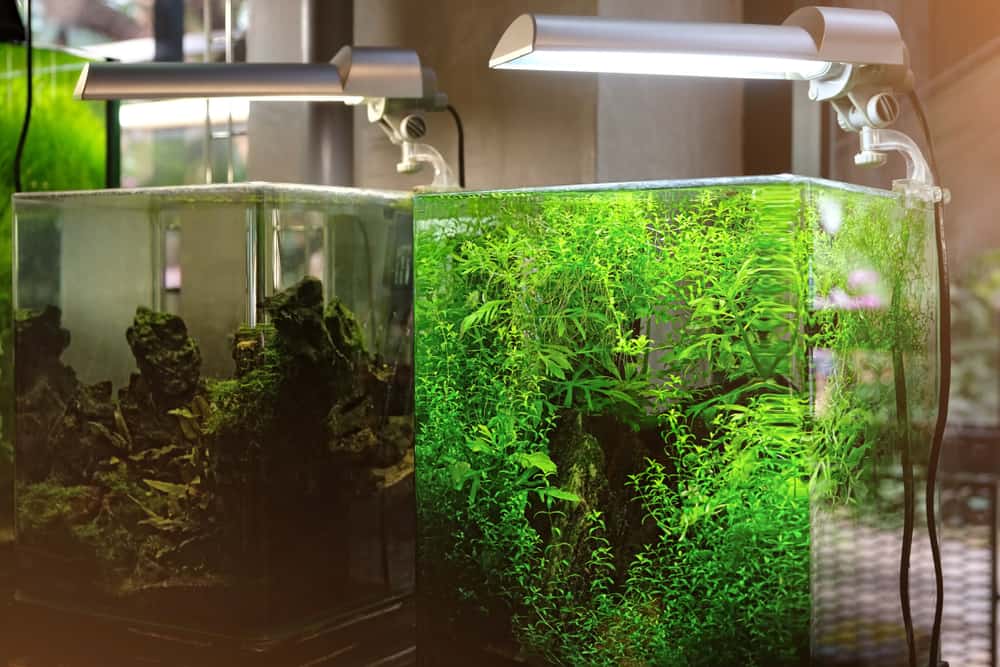
Piranhas won’t tolerate a bright tank, so lights aren’t necessary.
If you do decide to install a lighting system, get one that can be adjusted.
They cost around $50.
7. Ancillaries
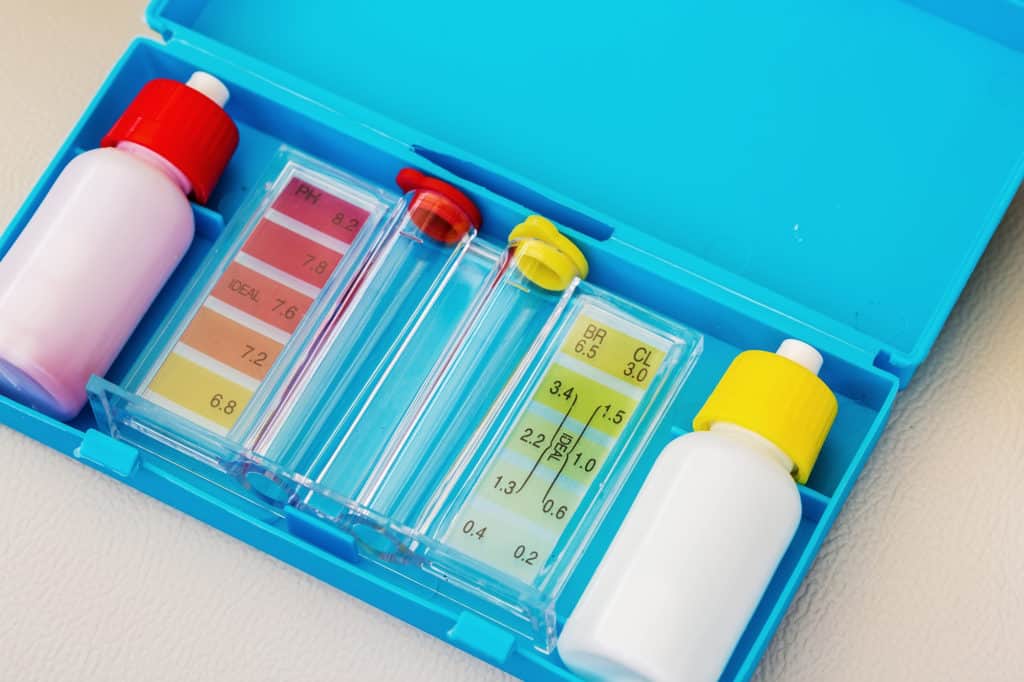
You might also want tank monitors or pH test kits, gravel vacuums, nitrogen fertilizer, or Amazon Blackwater treatment.
The Ongoing Cost of Piranhas

1. Food
None of the piranha varieties is completely carnivorous, though some prefer meaty snacks more.
As their owner, you should plan a balanced diet, including shrimps, worms, insects, pellets, frozen meat, flakes, and vegetables like potatoes.
Once they’re grown, you won’t have to feed them more than once a day.
You’ll have to spend $30–$50 every month for feeding each piranha.
2. Electricity
The cost of electricity isn’t noticeable compared to food, but it’s still there.
The filter, pump, and lighting system will all consume electricity, depending on their usage.
Other Costs

1. License and Permit
Piranhas are classified as dangerous animals in many US states such as While some states only ban certain varieties of piranhas, others prohibit buying and selling them altogether.
You’ll have to do your research first and see if you can get a license to own piranhas for home use.
If you violate any laws, you may have to pay $500 in fines.
The reason behind this ban is that releasing piranhas in rivers, lakes, and other local water bodies, either by accident or on purpose, can be harmful to the ecosystem.
They’re aggressive fish that can survive on their own and wipe out essential species in a habitat.
2. Shipping Costs
If you order your piranhas online, depending on the number of fish and the distance, the shipping cost can vary from $20 to $30.
3. Veterinary Care
If you notice any kind of odd behavior, you’ll have to arrange for a vet to see your piranhas.
This way, you’ll be able to diagnose and cure any possible diseases.
A visit to the clinic can cost $30–$100.
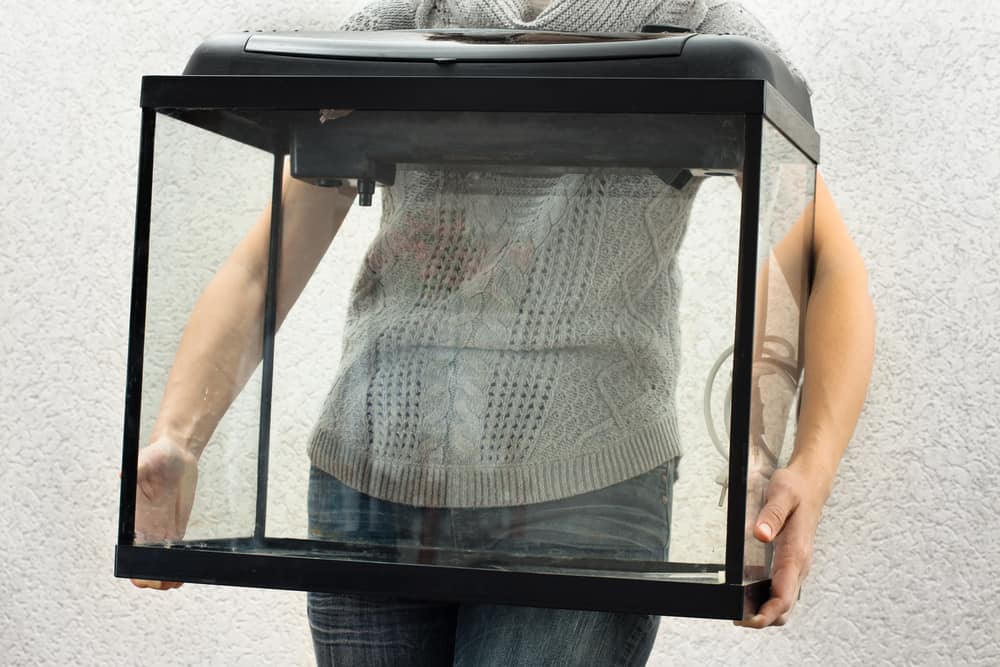

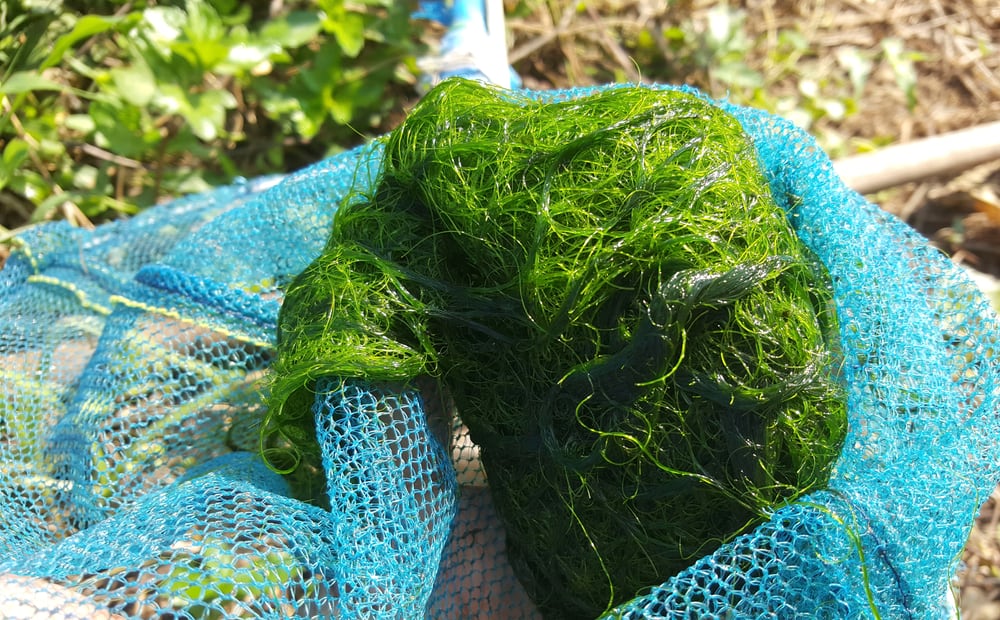
Leave a Reply
You must be logged in to post a comment.